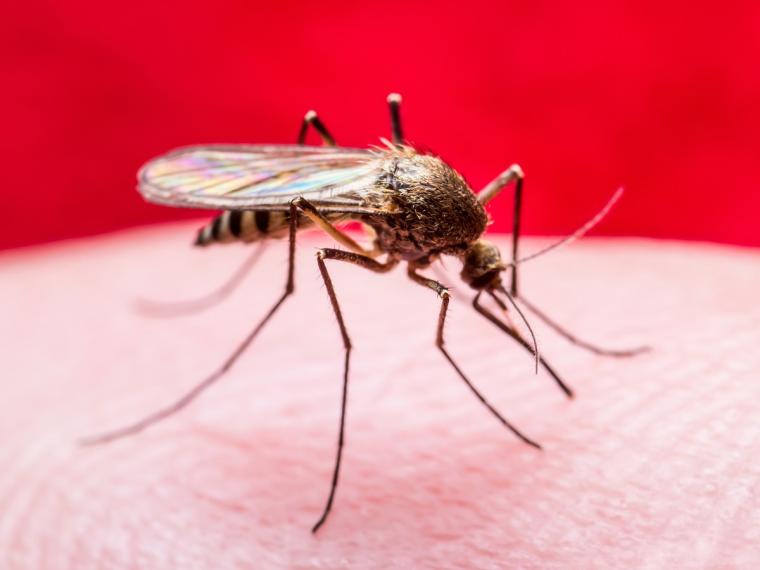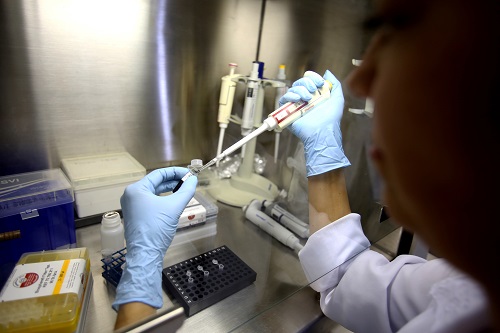
If you thought malaria died out in the days of Little House on the Prairie, think again.
The mosquito-borne disease is making a resurgence and unfortunately, that resurgence is stateside. Cases have been verified in Florida and Texas (both hotbeds for youth sports).
According to Vox, cases were identified in late May (Florida) and late June (Texas). Up until that time, the US had not documented a locally acquired malaria case in 20 years. In the first week of July, the Centers for Disease Control and Prevention (CDC) issued a nationwide advisory to alert health care providers and public health authorities about the possibility of locally acquired malaria in people with fevers of unclear origin.
Vox continued: “The species identified in both Florida and Texas is P. vivax. It’s not the worst of the malaria species: P. falciparum, the most severe form of malaria, is 10 times more deadly than vivax, according to a study of Americans diagnosed between 1985 and 2011. But vivax is no cakewalk. People with this infection can develop life-threatening brain swelling, lung congestion, and kidney failure.
The infection causes fevers that come and go, along with a wide range of symptoms that can be mistaken for flu, a stomach bug, or liver disease.
Vivax malaria is sneakier than some of its counterparts: The parasite can hang out dormant in the liver for years after the initial infection, rearing its head long after an exposure. (Worldwide, most vivax malaria infections occur in East Africa, South Asia, and the northern parts of South America.)” In fact, worldwide, there are about 247 million cases each year, with 95 percent of those in Africa, according to the World Health Organization (WHO), by CNN’s statistics.
 National Geographic says that of the five types of malaria that infect humans, the two responsible for nearly all of the estimated 247 million cases that occurred globally in 2021 are P. falciparum and P. vivax.
National Geographic says that of the five types of malaria that infect humans, the two responsible for nearly all of the estimated 247 million cases that occurred globally in 2021 are P. falciparum and P. vivax.
But honestly, what does that mean for sports events – both in the southeast and the southwest? It means understanding the risks and taking precautions. Malaria can be prevented (obviously) by avoiding mosquito bites and (if bitten and showing signs of illness) by taking medicines, according to the WHO, as quoted by Axios:
- The agency recommends talking to a doctor about taking medication such as chemoprophylaxis before traveling to areas where the disease is common.
- The WHO also suggests avoiding bites by using mosquito nets when sleeping in places where malaria is present; using repellents (containing DEET, IR3535 or Icaridin) after dusk; using coils and vaporizers; wearing protective clothing; and using window screens. Note: Campers may be especially vulnerable; all precautions should be taken.
Back in 2016 (you know, when the Rio Olympics brought the idea of another mosquito-borne illness, zika, front and center), youth sports organizations began ramping up precautions. The resultant thought of potential losses had many organizers of summer events where mosquitoes are common starting to consider strategies like the services of companies that use barrier sprays or timed-release pesticide misting systems as a way of not only making bugs back off, but putting attendees’ minds at ease. Some companies began actively marketing themselves as a pest solution for Little League events.
However, the questions were bound to come up: were those systems, the ones that were being marketed so heavily to managers of outdoor events, actually recommended for widespread use? Would they gain a foothold in sports? And if they do, what would be the risks?
As early as 2012, Connecticut and New York passed laws severely restricting synthetic pesticide use on school grounds. Many other states and municipalities followed, making the use of specific pesticides, or types of pesticides, illegal on property (including sports facilities) on the grounds of schools in those areas.
But school sports facilities are only one type being used. Many other sports venues are situated near, or in, areas where there are schools, neighborhoods, businesses and more. Some abut wildlife or nature refuges. There is significant potential for impact upon what is known as these ‘non-target’ areas through uncontrolled drift, or through runoff.
The AMCA notes that many commercial mosquito control systems advertise the fact that they use synthetic forms of pyrethrins called pyrethroids. Pyrethrins are the natural byproduct of the Chrysanthemum flower. Synthetic pyrethroids have a similar chemical structure as the pyrethrins, and are used in commercial products such as household insecticides, pet shampoos and sprays. However, the AMCA states, “such products bear the signal word ‘Caution’ on the label, and the precautionary statements indicate that they may be harmful if inhaled. Labels also advise that pets and birds be removed, and aquaria covered before spraying.”
Of course, all the standard precautions to prevent mosquito bites and to prevent inadvertently creating habitats that attract mosquitoes, always apply, no matter where an event is sited.
In other words, this may be satisfactory for the area being sprayed, but does not guarantee the safety of the area nearby that will get the spray but not the warning.
Want to know if your area is vulnerable? Here is a handy infographic.
Additionally, Wikipedia notes, there is a vaccine for malaria. “The first approved vaccine for malaria is RTS,S, known by the brand name Mosquirix. As of April 2023, the vaccine has been given to 1.5 million children living in areas with moderate-to-high malaria transmission. It requires at least three doses in infants by age 2, and a fourth dose extends the protection for another 1–2 years. The vaccine reduces hospital admissions from severe malaria by around 30%.
Research continues with other malaria vaccines. The most effective malaria vaccine is the R21/Matrix-M, with a 77% efficacy rate shown in initial trials and significantly higher antibody levels than with the RTS,S vaccine. It is the first vaccine that meets the World Health Organization's (WHO) goal of a malaria vaccine with at least 75% efficacy. In April 2023, Ghana's Food and Drugs Authority approved the use of the R21 vaccine for use in children aged between five months and three years old. Following Ghana's decision, Nigeria provisionally approved the R21 vaccine.”
No disease that can kill (or have severe complications) is worth disregarding. UC Davis researchers are big advocates of being proactive, noting, “The recent cases of malaria in the United States are a concern, but overall, the disease is still very rare here. Malaria infection is usually travel-related and with travel increasing as COVID-19 slows, the spread of malaria is something we need to keep an eye on.”

